Life unwaveringly continues to progress at a faster than ever pace: eating, drinking, working , socializing, all at the expense of sleep. But what if people could make their sleep better just through straightforward and evidenced by the test called “test sleep.” Test sleep is a relatively new phenomenon since people are opening their eyes to the role that play in the lives of an individual. In the following article, the reader will find out what test sleep is, how it is carried out, and how this approach can be utilised to get a better night’s rest. Radiating from this guide are realistic techniques on how to achieve a perfect night’s sleep.
What Is Test Sleep?

Test sleep broadly relates to experimenting on your sleep patterns in a bid to get a better quality of such interferences. Rather than follow the rage sleep tips with unrelated times, you are the guinea pig trying out different sleep strategies, timing and settings to see what would be suitable for one. People’s sleeping requirements are different and testing sleep lets you put your sleep schedule in accordance with your lifestyle and genetics.
Why Sleep Matters
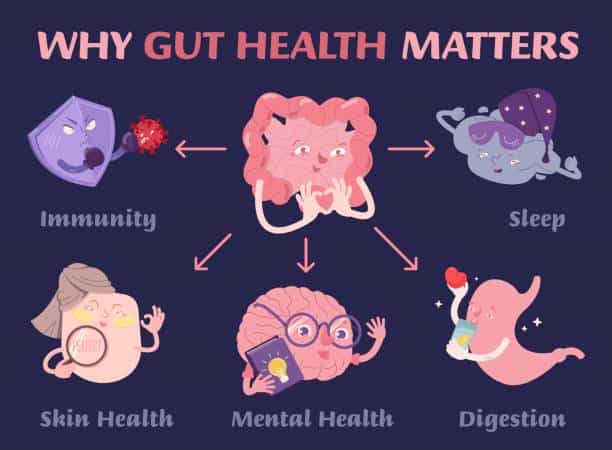
First, a general view of why sleep is required at all should be given before going into the specificities of test sleep. Sleep isn’t just about feeling rested; it plays a vital role in various bodily functions, including:
- Memory consolidation: As any student recognizes, an effective night of sleep allows the brain to store all the information it has been absorbing through the day.
- Emotional regulation: Sleep deprivation makes one vulnerable to being irritable and unable to control feelings well.
- Physical recovery: Sleeping is the time when you heal cells and muscles.
- Mental clarity: Lack of sleep distorts your thinking and decreases the ability to make good decisions and solve problems.
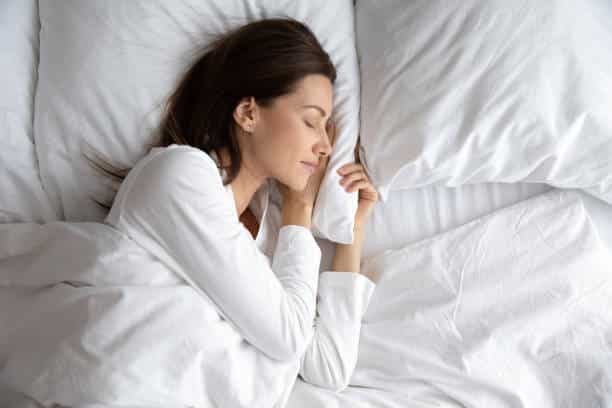
When you sleep poorly or lack sleep in general, these processes are altered; hence, you are likely to have poor memory and weakened immunity, among other challenges.
The Science Behind Test Sleep
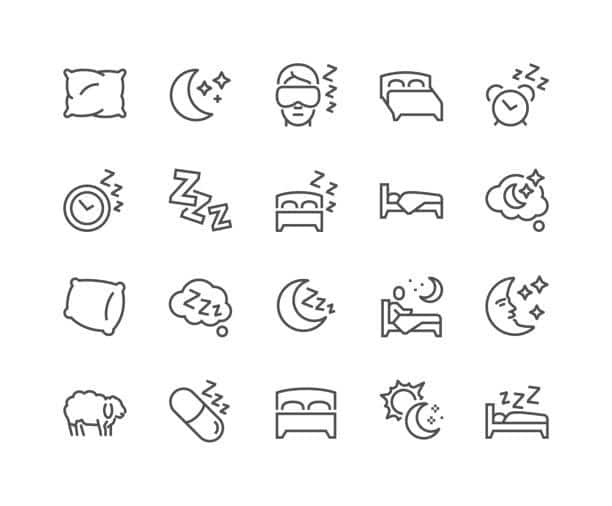
The principle of test sleep is to individualize. Of course, such simple recommendations as making sure everyone gets 7 to 9 hours of sleep each night are helpful beginning points, but since individual variability factors – such as age, schedule, and genetic predispositions – affect sleep, it is far from universal. Test sleep helps you discover what sleep routine works best for you by testing variables such as:
- Sleep duration: Do you prefer a short amount of sleep or a long amount of sleep?
- Sleep timing: Are you more likely to wake up energized and rejuvenated, after getting to bed early or after staying up late?
- Sleep environment: In your own experience, how has light, sound or temperature change has affected your ability to sleep?.
In small, controlled trials, it is easier to find out how one should live and what circumstances one should provide for in order to sleep well.
How to Start Your Test Sleep Journey
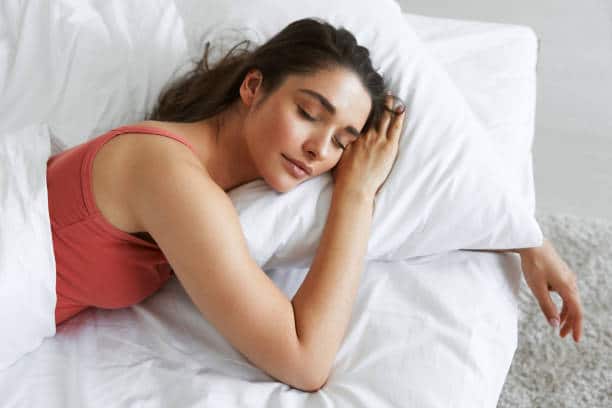
1. Track Your Current Sleep Patterns
But to get there, you have to know your current state so that you are better placed to advance from there. Keep a sleep journal for at least one week, recording:
- The time you go to bed
- The time you wake up
- Number of nighttime awakenings
- What time would you like? Consider to be as refreshed when you wake up.
- Any naps during the day
There are, however, many more apps and gadgets available as sleep tracking apps that can give even more insight, such as sleep stages, heart rate, and movements during the night.
2. Set Your Goals
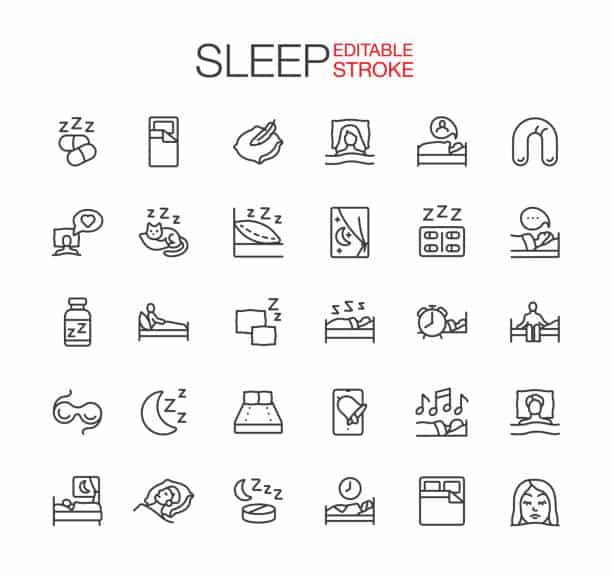
In what aspect of sleep would you like to have a change? This section will tell you if you want to sleep fast or not. Sleep the entire night; there is no interruption? Do you wake up refreshed? Of course, by having clear goals in mind, you will know what kind of test sleep experiments will be best suited to your goals.
3. Experiment with Sleep Duration
Most people should sleep at least 7-9 hours per night, but it might be that you feel best waking up at 5 AM on very little sleep. To illustrate this, seek to spend the following night 6 hours, another night 7.5 hours, or the third night 8.5 hours, and see how you feel in the morning. It is a matter of monitoring how still rested you are or, in other words your level of drowsiness, rather than the number of hours slept.
4. Test Your Sleep Timing
Next, try to alter when you go to bed, too. There are those individuals who function best during the night when they are active during the night and there are those who function best during the day and are most active during the day. One useful suggestion is to determine if you are trying to go to bed too early or too late by changing your bedtime in 15 minutes and see how it affects sleep quality. Try to adhere to both a night and morning sleep schedule since it’s essential to discover a rhythm of your biological clock that will make you refreshed.
5. Optimize Your Sleep Environment

You will agree with me that the environment that your bedroom provides has a great influence on your sleep pattern. To test this, experiment with different room conditions:
- Light levels: Suggest using a curtain or a sleep mask to ensure that there is no light in the room.
- Noise: If you are an ‘auditory’ type, it would be useful to get some earplugs or a white noise maker.
- Temperature: The recommended temperature for getting to sleep is between 60-67 degrees Fahrenheit or 15-19 degrees Celsius. Try cooler room temperature or to use a cooling blanket to find out whether it would be helpful.
- Mattress and pillows: Your bed shall be comfortable; rather, it has to be comfortable and provide the right support for your body. Rather, try out various types of pillows or a mattress pad to discover the most effective one for you.
6. Experiment with Pre-Bedtime Routines

One has to know that certain actions can create a strong connection between sleep quality and activities before going to bed. Experiment with the following pre-bedtime activities:
- Screen time: Screen time on phones, tablets, TV etc should be minimized especially in the last one hour to minimize on exposure to blue light known to interrupt sleep patterns.
- Reading vs. relaxing: Some people experience the same sort of benefit of reading as might be obtained from relaxation methods such as breathing exercises or meditation.
- Food and drink: You can try to go to bed without taking any food close to sleeping hours, eliminating the intake of caffeine, or abstaining from alcohol before going to bed, then determine the effect that these changes would have on your sleep.
Analyzing Your Test Sleep Results
If you’ve read about the specified variable, check your sleep diary or tracking application notes for consistency. Ask yourself:
- Am I less tired now that I’ve slept for X hours?
- Did this change of time affect my ability to go to sleep or wake up during the night?
- Which is better for me: a cooler room or a sleep mask?
Make sure to stay on the lookout for patterns that point towards a better instance of your sleep quality.
Test Sleep for Shift Workers
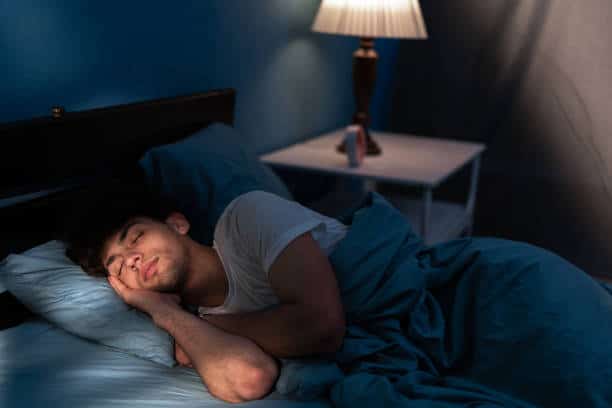
Everyone who works in shifts of course, has more problems with sleep due to their irregular working hours. Test sleep can be especially helpful in this case to provide the group with the best practices for getting some rest when other folks are asleep. There are ways to cope with non-standard shift: using for example black out curtains and taking a nap, making change to the consumption of meals.
The Importance of Consistency

When you understand that which is most effective, then it’s the schedule that should be maintained. Try to adhere to your normalized sleep-wake schedule as tightly as possible in order to maintain the effects on sleep-wake cycle in the future. It is especially important being a teacher, to stick to the regular sleeping schedule even on weekends or days off.
Common Mistakes in Test Sleep
- Changing too many variables at once: When analyzing one or more variables, carry out the research by changing one or two variables at a time. The problem with managing change is that altering too many factors concurrently interferes with the evaluation of effectiveness.
- Expecting immediate results: Improvements in sleep may take some days or weeks, yet relying on the circumstances in the life of the patient. Take a lot of time and give each test a chance of at least 3-5 days before you proceed with others.
- Neglecting your overall health: However, sleep is one of the essentials of the healthy human life. Some of the other things that have an impact on your sleep include; diet, physical activity, and stress.
Conclusion: Wake Up Refreshed, Every Day
Some of the benefits of a good sleep are not only important to enhance the feeling of a good sleep only. It is less highlight that a prop-er sleep improves not only the quality of consciousness and emotional condition, but also global health. Test sleep is thus planned sleep where you choose how to sleep so that every night is a good night for a good sleep. With custom sleep approaches, you will learn how to feel rejuvenated in the morning upon waking up.




